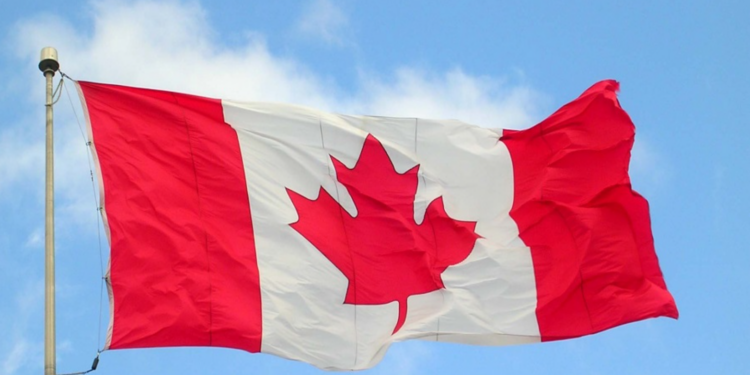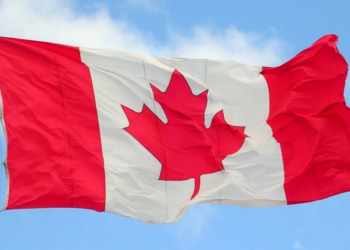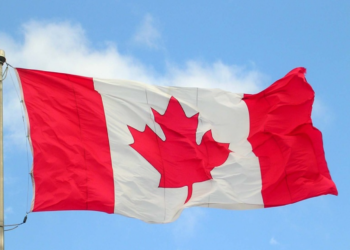Canada is set to make a significant change to its immigration policy as Prime Minister Justin Trudeau’s government prepares to announce a reduction in immigration levels.
This announcement follows years of consecutive increases in immigration numbers.
According to Immigration News Canada (INC), the decision is expected to be revealed on Thursday, with new permanent resident intake targets dropping by 90,000 individuals in 2025, reducing the total from 485,000 to 395,000.
This aligns with INC’s prediction made in July 2024 regarding potential reductions in immigration targets. The revised figures mark a departure from earlier government projections that aimed for 500,000 new immigrants annually by 2025.
Revised immigration targets
INC reports that the new immigration targets will continue to decline, reaching 380,000 in 2026 and 365,000 in 2027.
This approach indicates a more careful view of immigration for the future. The change shows that the Trudeau administration is reacting to public opinion and economic factors.
Immigration Minister Marc Miller is set to provide a detailed breakdown of immigration programs on November 1st, 2024. Initial reports indicate that the federal economic class will face the most significant cuts.
Economic class cuts
Further reports disclose that the economic-class immigration intake is projected to decrease by approximately 60%, resulting in the acceptance of just over 41,000 applicants in 2025.
It means that the number of applicants accepted into the economic-class immigration program is set to decrease significantly, with only about 41,000 expected to be accepted by next year.
Although the numbers are expected to slightly recover in 2026 and 2027, they will remain far below previous targets. The overall numbers will still be much lower than what was planned before.
Economic immigration encompasses various programs, including the Agri-Food Pilot Program, Canadian Experience Class, Caregiver programs, and the Federal Skilled Worker program.
Provincial Nominee Programs (PNPs)
Intake through Provincial Nominee Programs will be halved to 55,000 in 2025 and will maintain that level until 2027. This reduction significantly limits the opportunities available through provincial immigration streams.
This means that the number of immigrants accepted through Provincial Nominee Programs will reduce in 2025 and will stay at that level until 2027. This cut will greatly decrease the chances for people to immigrate through these provincial programs.
Family Reunification Programs
Family reunification programs will also see a notable reduction. The plan includes cutting 20,000 family reunification visas in 2025, bringing the total down from 118,000 to 98,000.
INC reports that this change may face backlash from advocates for family immigration, who argue that family reunification is a vital aspect of immigration policy.
Refugee programs and temporary residents
The refugee program is also set to face reductions, although these numbers may fluctuate based on changing asylum claims and refugee applications.
Reports inform that for the first time, the government will set official targets for temporary residents, aiming to reduce applications by nearly 30,000 in 2025, bringing the total to just over 300,000.
It is noted that the Trudeau administration’s decision to cut immigration targets reflects both public sentiment and practical economic realities.
‘Following a recent Liberal caucus meeting, MPs expressed concerns over the popularity of the government’s policies, particularly as immigration becomes a contentious political issue in Canada,’ INC reports.
It means that after a recent meeting among Liberal Party members, some Members of Parliament raised worries about how popular the government’s policies are. This is especially relevant as immigration has become a divisive political topic in Canada.
Political implications
With a federal election scheduled for October 2025, the government is reported to be adjusting its stance in response to increasing public pressure.
According to INC, the reduction in immigration levels indicates a notable shift in the Liberal government’s policy, moving away from the ambitious targets set in previous years.
More reports noted relate that critics from opposition parties and the public have voiced concerns about the rapid pace of population growth. The government’s decision to reduce immigration is likely a strategic move to regain voter trust as the election approaches.
The administration hopes that a more measured immigration strategy will alleviate the housing crisis, reduce strain on public services, and address rising unemployment. However, the long-term effects of these policy changes on Canada’s economy and demographics remain uncertain.




















